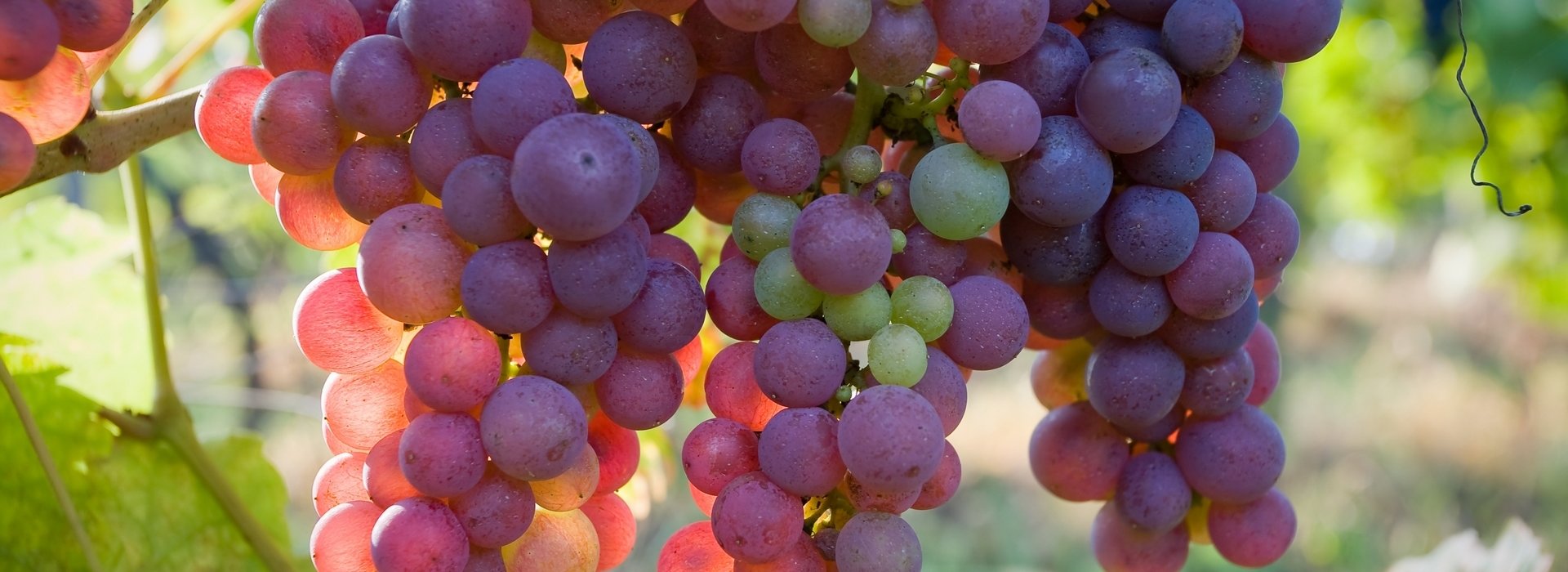

The lake provides many kinds of fish, the forests of the region provide game, and the gardens with their high quality soil yield flavourful fruits which all contribute to the delight of visitors. The favourable soil quality and the high number of sunny hours are primarily responsible for the zest of the pitted fruits produced in the region. In particular cherries, peaches, plums, currants and raspberries are the most popular types of the local fruit. Of the special dishes of the Balaton, the fish dishes occupy an honorable place, most notably among them the “king,” the Balaton perch-pike. It is classically prepared when fried in one piece and offered with a neutralflavoured side dish, in order to showcase the distinctly noble flavour of the fish. See our recipe below to prepare it the proper way.
It is well worth tasting the game dishes at the Balaton as well. From the vast forests of the Bakony, the Keszthely hill-range and the Somogy hills deer and wild bores, from the spacious meadows rabbits, Pheasants and gray partridges make their way all the way to the tables of the area’s restaurants. The special bean soup monikered (?) by the family name of our famous writer Jókai has also earned national recognition, which became the author’s favoured dish during his stay in the Balaton city of Füred.
The Balaton fish soup deserves mentioning. The classic fish soup was first mentioned in writings from the 1800’s in the Balaton region. Many towns organise cooking competitions to contest the knowledge of the most experienced fish soup masters.
The traditional country foods, the lángos, the crépes, the fruit-filled strudels, the various types of tócsi and prósza, have become additional favourites with visitors. Gastronomy is intrinsically intertwined with wine. To fully experience the regions magic, flavours, culture and hospitality taste the many delicious local dishes on offer and complement these with the local wines.
Since Roman times, grapes and wine have been an important part of the everyday lives of the people living in the Balaton region. Wines produced in the Balaton region have many unique qualities and visitors should treat their senses to some time at one of the many wine cellars. The flavour of the wine is enhanced some say with the picturesque panorama of the landscape. Seen through our wine glasses, the lake appears bluer, the hillside vineyards appear greener, and the walls of the cellars and winepresses and the tiny villages at the foot of the hills appear more beautifully white.
An increasing number of events, festivals and wine celebrations pay homage to the region’s wines while offering excellent opportunity for enjoyment and relaxation to the visitors. “Wine weeks” and harvest festivals are held regularly, whereas new wine tasting takes place on St. Martin’s day. Saint Vincent’s day wine celebrations also attract an increasing number of visitors.
Specialties:
Wine-path associations aid travelling visitors in getting oriented in the wine country. They associate the producers and organise the demand system of joint wine tasting, sales and hospitality. At the stations of the wine-path we will be treated to high standards and sophisticated hospitality appropriate to the local traditions.
Wine regions of the area:
The quintessential grape types of the above wine regions:
In addition to the “fruit of the soil”, it is worth mentioning the treasures hiding under the ground as well. Among the numerous natural springs, the mineral water of Kékkút is salient, which is developed in an extraordinarily pure environment in the Káli Basin under the ground of the Balaton Highlands National Park area and is bottled here.
The Theodora Study Trail was established in 2004 for walkers to enjoy. The path begins at the bottling factory of the Kékkút mineral water and leads along the Sásdi Creek towards the Kornyi Lake. Encircling the lake from a northerly direction, it then returns to Kékkút via the Mosóház Spring of KÅ‘vágóörs. Visitors receive information at stations along the path about the natural treasures and the traditional land use methods of the region and, at certain places, gain knowledge related to the cultural history of the area. An information brochure and a map of the path have been published, and foreign visitors are oriented by an English translation of the information signs as well, which are available at the first station of the path at the bottling factory together with the overview map.
Another significant spring discovered in 1957 during geological excavations is the Spring Water of Fonyód.